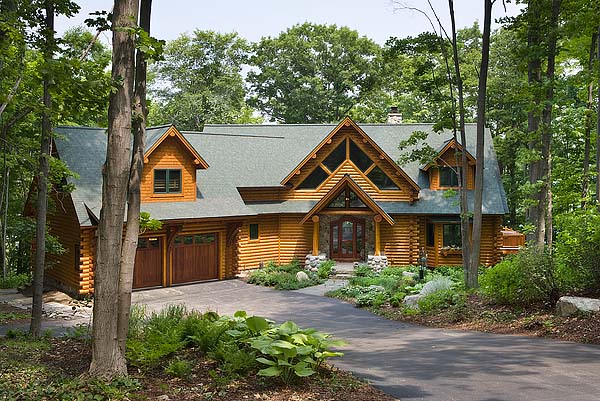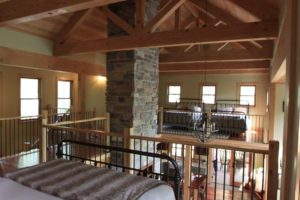Searching for Alternatives to Red Cedar? Northern White Cedar is the Best Solution

Recent tariff discussions on lumber coming out of Canada, along with concern over the limited domestic supply, are causing the price of Western Red Cedar to increase at a dizzying rate. About 85 percent of all Western Red Cedar comes from Canada, and in the last six weeks alone the price has risen nearly 40 percent.
If you’ve already spec’d Western Red Cedar for a building project, Northern White Cedar is a simple substitution that offers the same exceptional beauty, durability, and sustainability for much less than Western Red Cedar because it’s harvested and milled right here in the United States. Here are just a few of the reasons why more and more architects and builders are choosing Northern White Cedar as their timber of choice, right from the start of a project.
A Sustainable (and Affordable) Product
Northern White Cedar is a timber species that only grows in lower Canada and the perimeters of colder, swampy regions of the Great Lakes. In the Great Lakes region, where Heartwood Mills in located, there are vast acres of Northern White Cedar available for harvest. The forests are sustainable because this species is able to renew growth naturally and insecticide-free due to its natural insect-resistance. And because the lumber isn’t imported, Northern White Cedar is a much more affordable product for U.S. based building projects.
Northern White Cedar Enhances Most Any Home Design
 Similar to Western Red Cedar, Northern White Cedar is a preferred wood building product due to its strength, durability, and resistance to weather damage, rot, and insects. Both wood types provide a rich, warm and natural finish that homeowners desire.
Similar to Western Red Cedar, Northern White Cedar is a preferred wood building product due to its strength, durability, and resistance to weather damage, rot, and insects. Both wood types provide a rich, warm and natural finish that homeowners desire.
However, there are advantages to using building products made from Northern White Cedar. One of the most significant is that Northern White Cedar contains more heartwood and less sapwood than Western Red Cedar products. Heartwood is the inner ring and the strongest section of the tree. Sapwood is the band that surrounds the heartwood and is prone to decay and discoloration. Northern White Cedar has a thinner band of sapwood, which means that there is more heartwood – almost 100 percent – in Northern White Cedar log products. Western Red Cedar, on the other hand, typically has only 10 percent heartwood. This means that Western Red Cedar is more susceptible to shrinking, cracking and decay once cut, which translates into increased maintenance costs for homeowners.
Get Superior Northern White Cedar Building Products Mill Direct
With increasing costs of imported Western Red Cedar, architects and homebuilders are in need of an alternative wood product that offers the same, and even more, benefits as Western Red Cedar. For U.S. homebuilders, Northern White Cedar is a much more sustainable and affordable product, especially when it’s sourced from Heartwood Mills.
Every winter since 1947, Heartwood Mills has harvested Northern White Cedar from Northern Michigan using environmentally sensitive harvesting and removal techniques. After harvesting, Heartwood Mills kiln dries each log to perfection in order to supply our customers with nature’s finest and most perfectly crafted building materials. Heartwood Mills combines handcrafting with 21st century technology, to efficiently produce a range of exterior and interior Northern White Cedar building products.
We’re happy to answer any questions you have about using Northern White Cedar in place of Western Red Cedar and to help you select the best Northern White Cedar building materials for your project. Contact our wood building product experts today.
